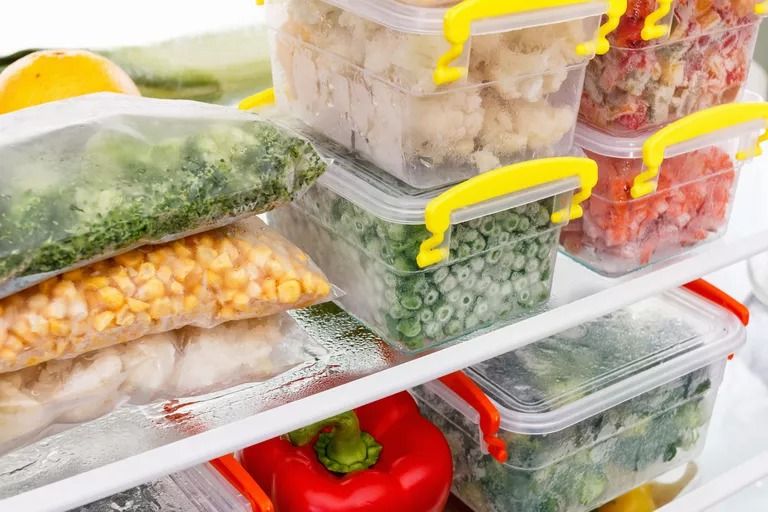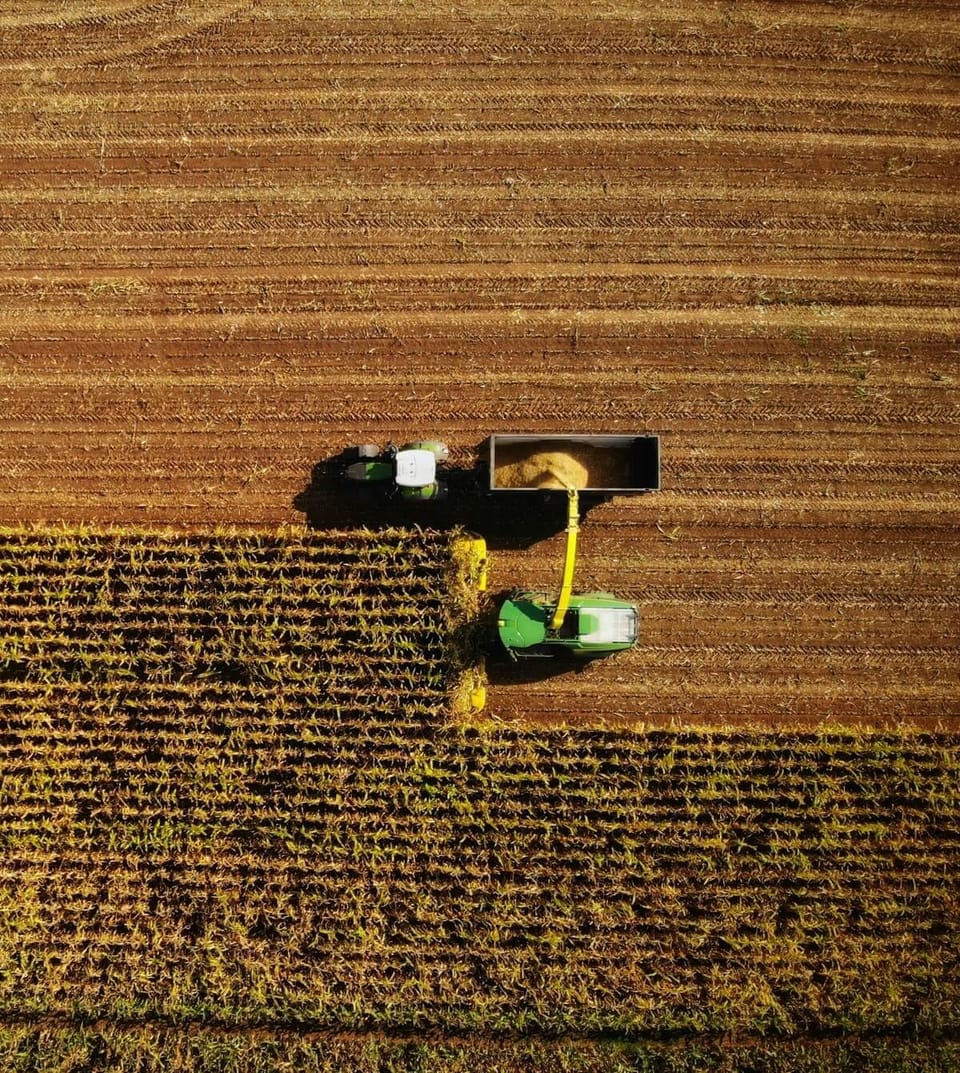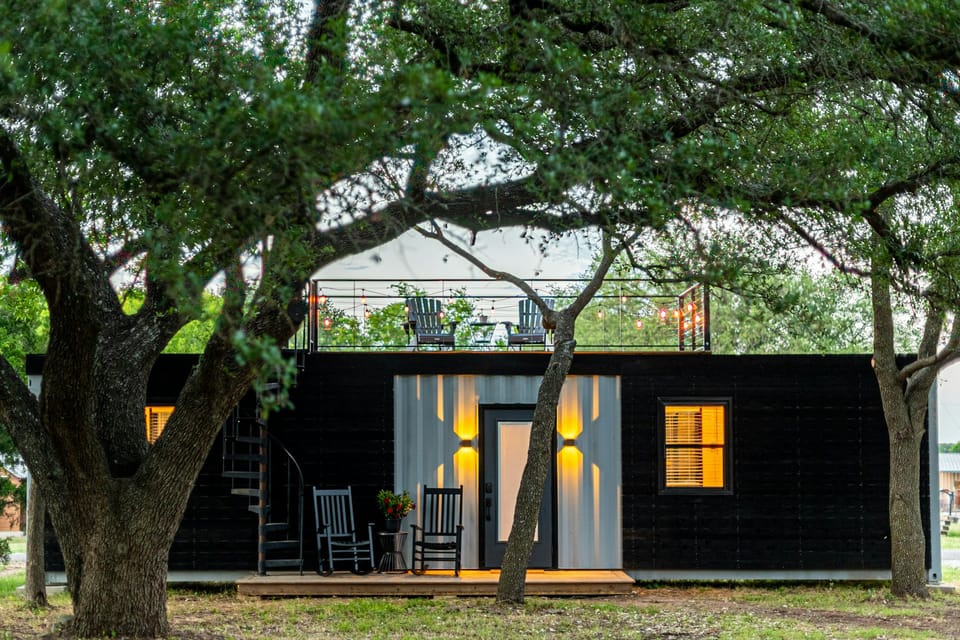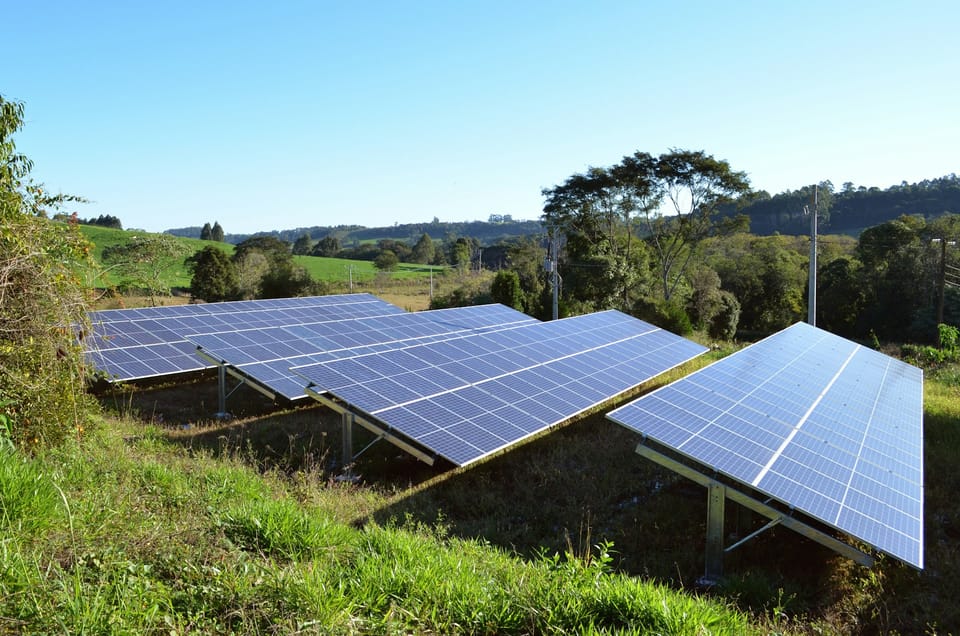Indoor Vertical Farming: The New Era of Agriculture
As traditional farming faces climate and land challenges, vertical farming offers a high-tech solution. By growing crops indoors in stacked layers, this method promises sustainable, space-efficient food production for the future.
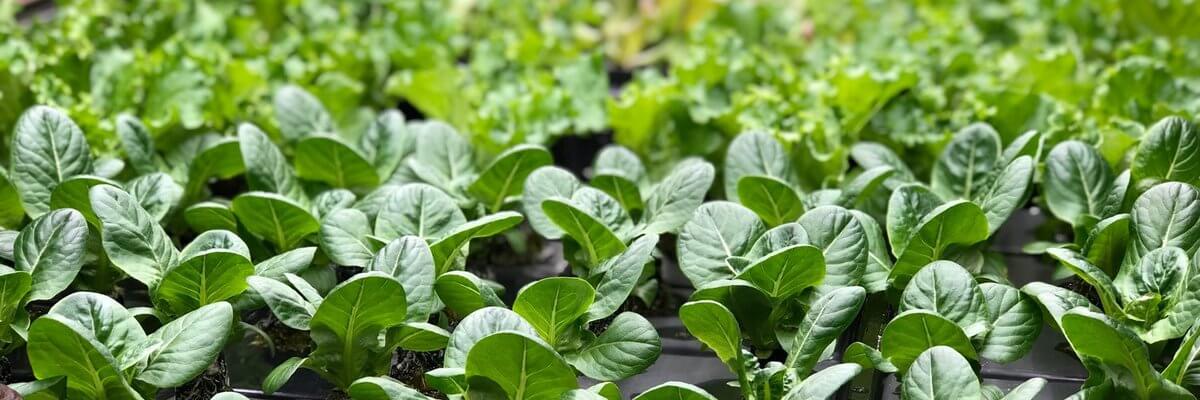
Our overall production of fruits and vegetables is currently falling 22% short of the world's nutritional requirements as the population of the planet is increasing exponentially. Due to growing issues including water scarcity, land scarcity, and an aging farming population with declining enthusiasm from younger generations, traditional farming methods are unable to meet this demand. Controlled environment agriculture has grown in popularity recently due to the fact that it offers an appealing answer to all of these issues and more. Indoor vertical farming can boost crop yields, circumvent land-use restrictions, and even lessen the environmental effect of farming by reducing supply-chain travel distance.
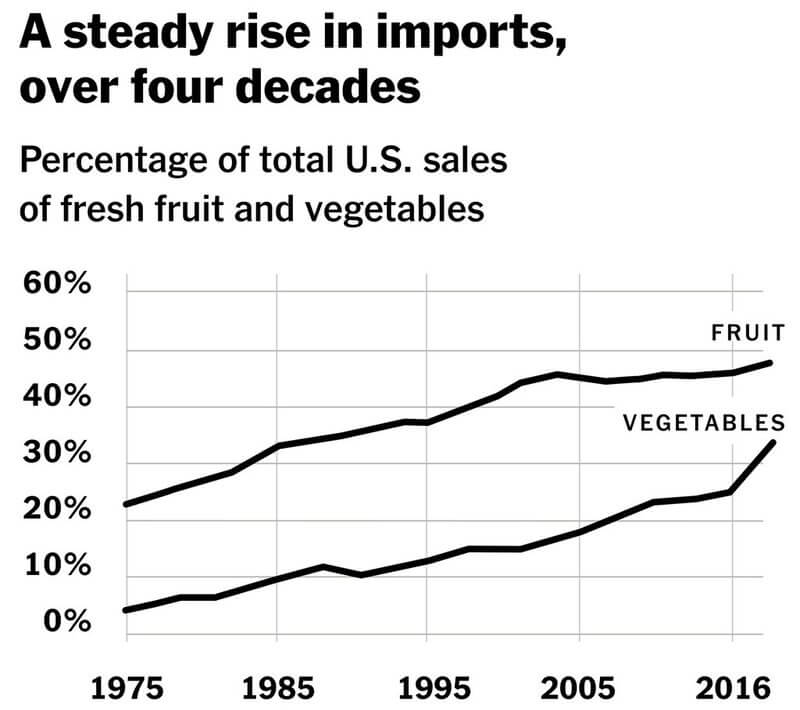
Currently, 35% of American produce is imported, and it travels 2,000 miles on average before arriving on grocery store shelves, taking around 2 weeks. Vegetables cultivated in these indoor vertical farms are significantly more aesthetically pleasing and edible for a longer period of time because indoor vertical farming is mostly local. Indoor vertical farming offers a wide range of advantages and has the potential to significantly alter the current agricultural environment.
What is Indoor Vertical Farming?
Growing food in a controlled, enclosed environment while it is stacked one on top of the other is known as indoor vertical farming. In comparison to conventional farming techniques, using growing shelves that are installed vertically greatly minimizes the quantity of land needed to cultivate plants. Because it can flourish in a small area, this sort of growth is frequently linked to urban farming. In some configurations, vertical farms are unusual because no soil is needed for plant growth. Most are either hydroponic (vegetables are grown in a bowl of nutrient-rich water) or aeroponic (water and nutrients are routinely sprayed on the plant roots). Artificial grow lights are utilized in place of natural sunshine.
Vertical Farming Advantages
The benefits of indoor vertical farming are clear, ranging from enhancing agricultural productivity with lower labor costs to promoting sustainable urban expansion.
Reliable Harvests with Maximum Crop Yield
Recent developments in agricultural technology enable vertical farms to manage every element of crop growth. Light, humidity, and water are all variables that may be measured with accuracy all year long. Produce can be consistently grown around-the-clock because crops are no longer depending on weather patterns, temperatures, or lighting. To feed the growing global population, food production would need to rise by 70% by 2050, making vertical farming's capacity to enhance crop yields essential.
Reduced Labor Costs
Agriculture has long struggled with labor issues because it is one of the most expensive components of farming and there is now a manpower shortage in the sector. According to a survey by the California Farm Bureau Federation, 56 percent of farmers had hiring difficulties at some point in the previous five years. By utilizing robots for logistics, planting, and harvesting, vertical farming can dramatically reduce labor costs.
Optimized Energy Conservation
By drastically lowering water and energy consumption, vertical farms are designed to maximize energy conservation. According to studies, vertical farms can save up to 70% more water than conventional farms, which is important in areas prone to drought.
The information gathered by using cameras and sensors can assist vertical farmers in optimizing light, temperature, and humidity levels to reach the ideal balance required in crop production. Sensor technology experts continually modify the conditions inside vertical farms to boost productivity and improve the flavor of the produce.
Sustainable, Environmentally Friendly Growth
Because indoor vertical farms use far less area than conventional farming techniques, they are appealing to local urban farming hubs. The buildings are simple to erect close to densely populated areas, which reduces the distance and time it takes for produce to go to a consumer. Food arrives at consumers' tables quicker and fresher and leaves a smaller carbon footprint thanks to a shorter supply chain.
No Pesticides or Herbicides
There are hardly any pests because indoor vertical farms are fully isolated from the outside world. Therefore, the use of pesticides and herbicides is essentially nonexistent. The fact that the food is cultivated is healthier, safer, and organic makes it even more alluring to consumers.





